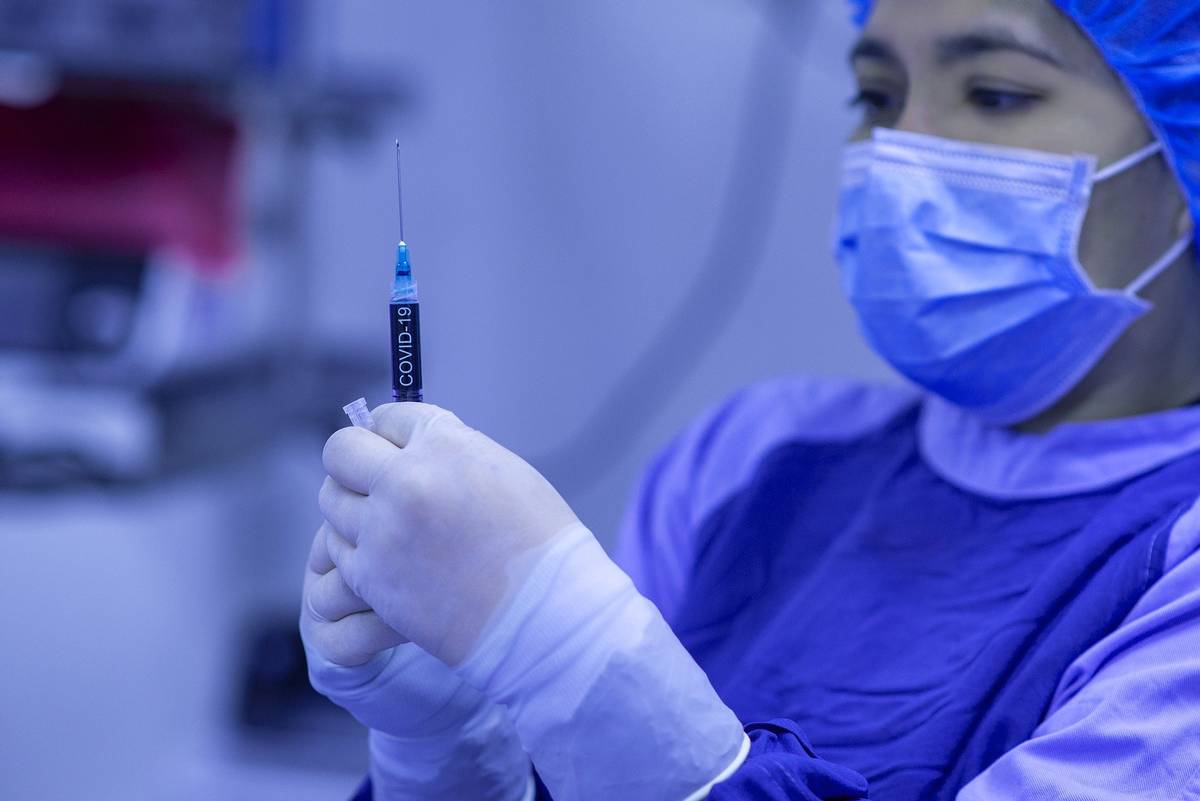Almost a year after the outbreak of SARS-CoV-2, a new strain of coronavirus, several vaccines are on the verge of getting approval.
Greenlight for emergency usage can be given within weeks, which would
mark the most rapidly developed vaccine candidate for a pandemic.
The process gained pace in November as pharmaceutical companies made expectant,
encouraging preliminary announcements regarding the efficacy of the vaccine candidates
under development.
European Medicine Agency (EMA), according to AFP, could release the
vaccines by the year-end or early next-year. France, Spain and Italy are
reported to have chalked out their vaccine distribution plans based on this announcement.
Read more: Narcolepsy fiasco spurs COVID vaccine fears in Sweden
China and Russia have respectively started giving out vaccines to
high-risk patients and validated vaccines for use even before the final clinical
trial phase started.
In US, the vaccine could be released for market use as soon as in mid-December
if the FDA (Food and Drug Administration) approves fast-forwarding the
timetable for vaccine development and release.
“Initial supply of #COVID19
vaccines will be limited, so #healthworkers, older people and other at-risk
populations will be prioritised,” World Health Organization’s Director
General Tedros Adhanom Ghebreyesus tweeted recently.
The first to report Phase 3 results was
the collaboration between US pharmaceutical giant Pfizer and German biotech
start-up BioNTech. This was followed by the US firm Moderna, a British
partnership between AstraZeneca and Oxford University, and Russia’s state-run
Gamaleya Research Institute of Epidemiology and Microbiology.
The threshold of releasing the findings,
which is usually calculated by the number of people infected by COVID-19, was different
with each vaccine: 170 for Pfizer-BioNTech, 95 for Moderna, 131 for Oxford-AstraZeneca,
and 39 for the Gamaleya Institute.
Read more: Experts worried about an ‘infodemic’ around COVID-19 vaccine
Pfizer reportedly had a 95% efficacy,
while Moderna had 94.5% and Sputnik V from Gamaleya clocked a 91.4%.
For Oxford-AstraZeneca, however, the
calculation proved to be more difficult. Across the two trials with slight difference
between the two, the drug worked up to a 70% efficacy. At the same time, it is
the least expensive, as the vaccine costs barely 2.5 euros ($3).
For developing and transporting vaccines
to countries with warmer climates and availing a longer travel time while
keeping the vaccine intact, the Oxford vaccine proves to be more durable as it
can be stored in the temperature of a normal refrigerator. The Moderna vaccine
requires a temperature of -20 degree Celsius while Pfizer needs the chilliest temperature
among the three, -70 degree Celsius.
The WHO has identified another 164
vaccine projects that are still in the pre-clinical phase of development.
Some methods
for making a vaccine are tried-and-tested, while others remain experimental.
For both
Pfizer and Moderna, the technology for the vaccine to work is the cutting-edge
mRNA technique, wherein synthetic molecules called messenger RNA’s hack into
human cells and develop the said cells into vaccine-making units.







